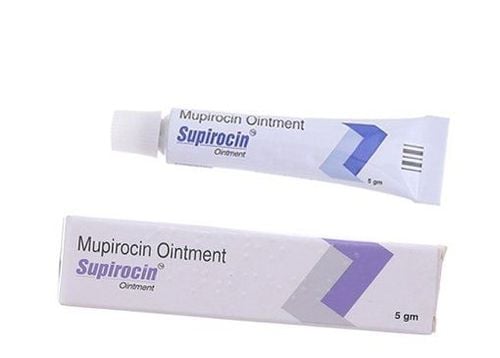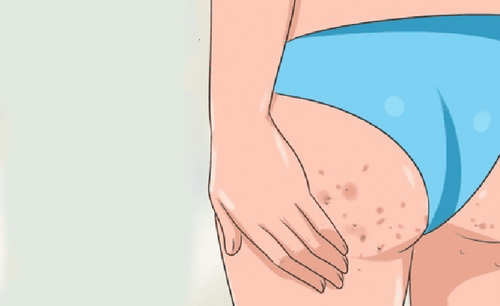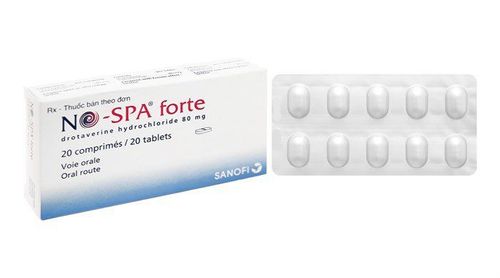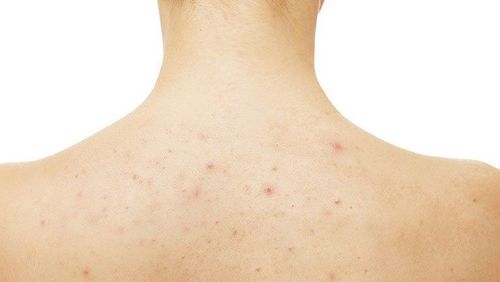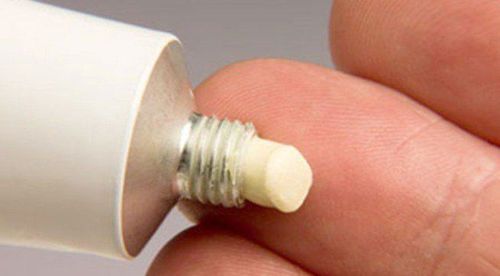Polybamycin is manufactured in the form of a topical ointment with the main ingredients including Bacitracin, Neomycin, and Polymyxin B. So, what is Polybamycin and what Uses of Polybamycinis it used for?
1. What is Polybamycin used for?
Polybamycin is a combination of 3 types of antibiotics belonging to the polypeptide group that inhibits the synthesis of bacterial cell walls and damages the bacterial cell membrane; the aminoglycoside group acts on the cell membrane and RNA synthesis of bacteria, causing inhibition of protein synthesis at the 30S ribosome site.
Polybamycin is indicated in the following cases:
- Infected burns.
- Primary purulent skin infections such as impetigo, folliculitis, pustules, paronychia.
- Secondary infected dermatitis such as eczema, seborrheic dermatitis, herpes zoster, post-surgical infection, skin grafts.
- Trauma, pus formation.
- Otitis externa.
Polybamycin is contraindicated in the following cases:
- Hypersensitivity to any component of Polybamycin.
Precautions when using Polybamycin:
- Polybamycin is for external use only.
- Polybamycin may cause delayed allergic reactions, and the drug may also cause shock-like states after topical application in hypersensitive patients.
- Caution should be exercised when applying Polybamycin to open wounds.
- Bacitracin can be absorbed through wounds, bladder, and peritoneal fluid, and can cause side effects although this toxicity is usually caused by the combination with neomycin.
- Treatment with Polybamycin should not exceed 7 consecutive days.
- There have been no reports of teratogenicity with the use of bacitracin in Polybamycin. However, Polybamycin should not be used during pregnancy.
- There are no documents on the use of Polybamycin for breastfeeding women. Breastfeeding women should consult their doctor before using Polybamycin.
2. Dosage and administration of Polybamycin
Polybamycin is for external use only. Apply the ointment to the affected skin area.
The dosage of Polybamycin should follow the prescription of a specialist, the reference dosage is as follows:
- Apply a small amount of Polybamycin to the affected skin area 1 or more times a day.
3. Side effects of Polybamycin
During the use of Polybamycin, you may experience some side effects of the drug, including:
- Skin allergy.
- Ototoxicity, causing deafness in patients with extensive skin lesions or perforated eardrums.
If you experience any unusual symptoms while using Polybamycin, you should notify your doctor or go to a medical facility immediately for timely treatment.
4. Interactions of Polybamycin with other drugs
Neomycin in Polybamycin is incompatible with beta-lactam antibiotics.
Polymyxin B in Polybamycin is inactivated by strong acids or alkalis, Ca and Mg salts, antibiotics (amphotericin, ampicillin, cephalothin, chloramphenicol, cephazolin, nitrofurantoin, tetracycline), heparin, prednisolone.
The above is information related to Polybamycin, if you have any questions related to the drug, please contact your doctor or pharmacist for advice.
Please dial HOTLINE for more information or register for an appointment HERE. Download MyVinmec app to make appointments faster and to manage your bookings easily.
To arrange an appointment, please call HOTLINE or make your reservation directly HERE. You may also download the MyVinmec app to schedule appointments faster and manage your reservations more conveniently.
